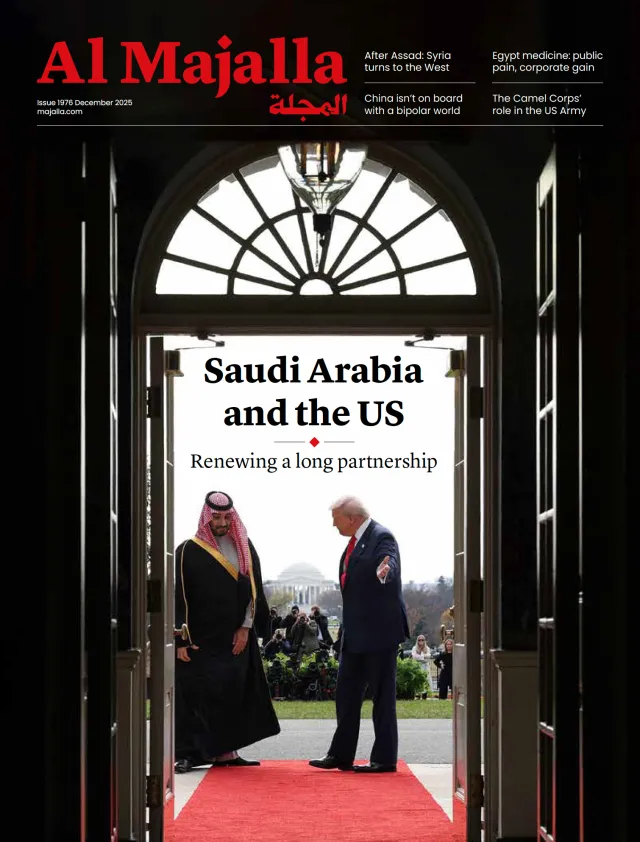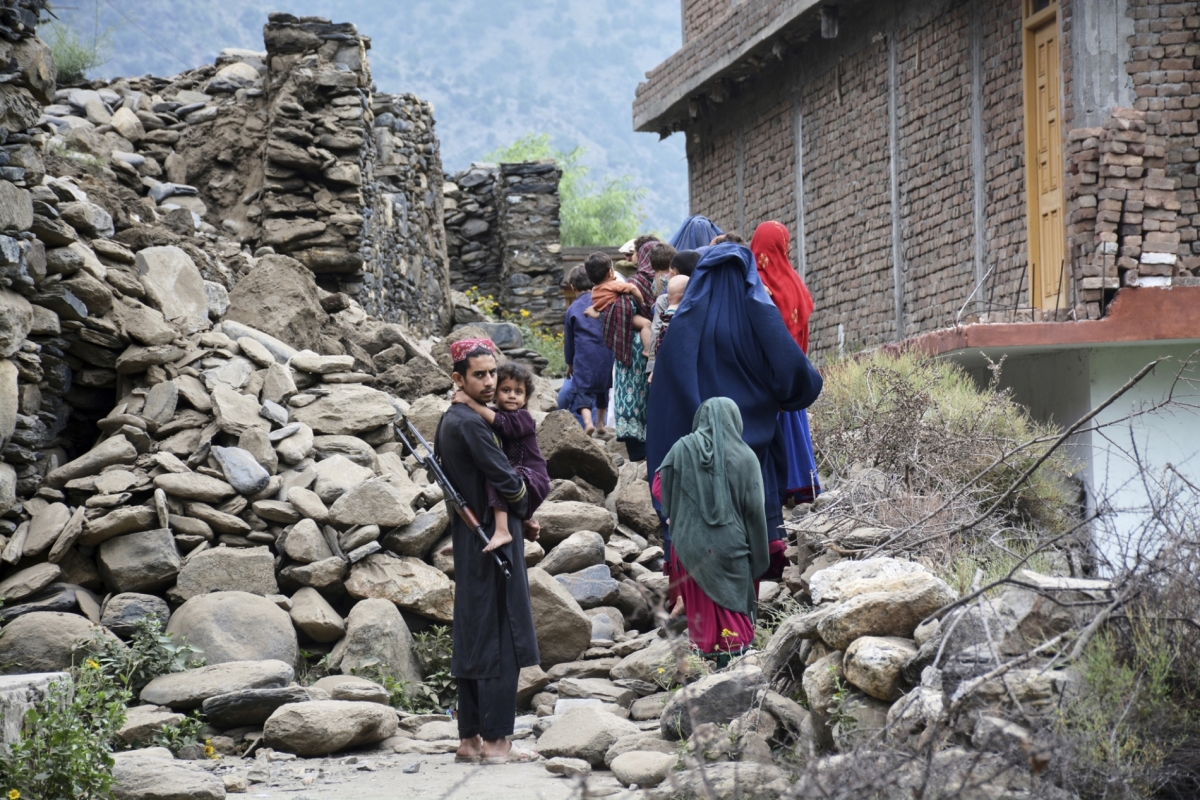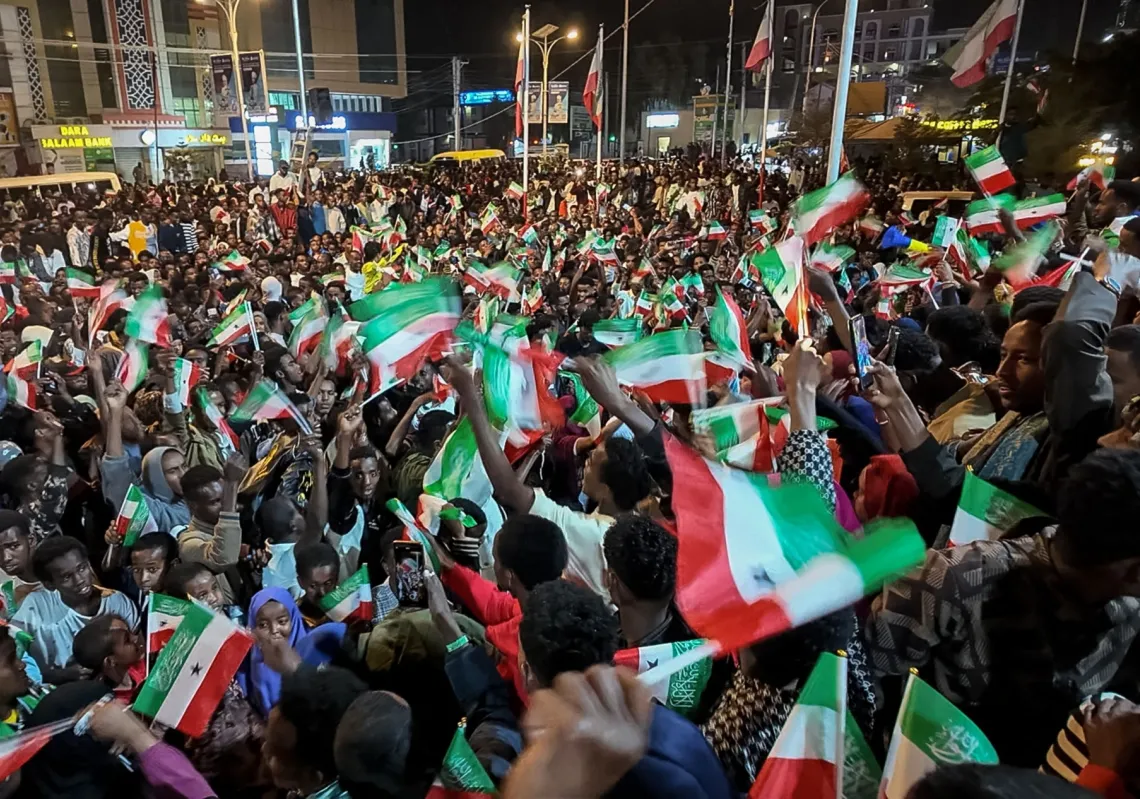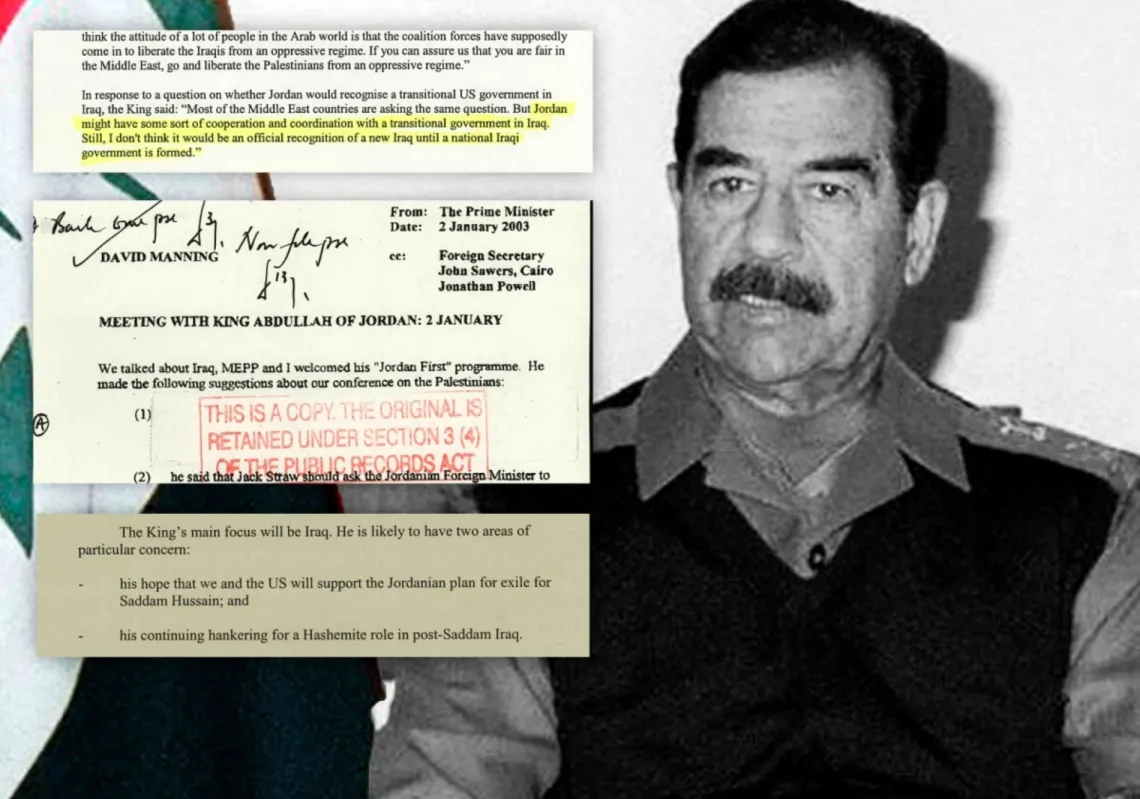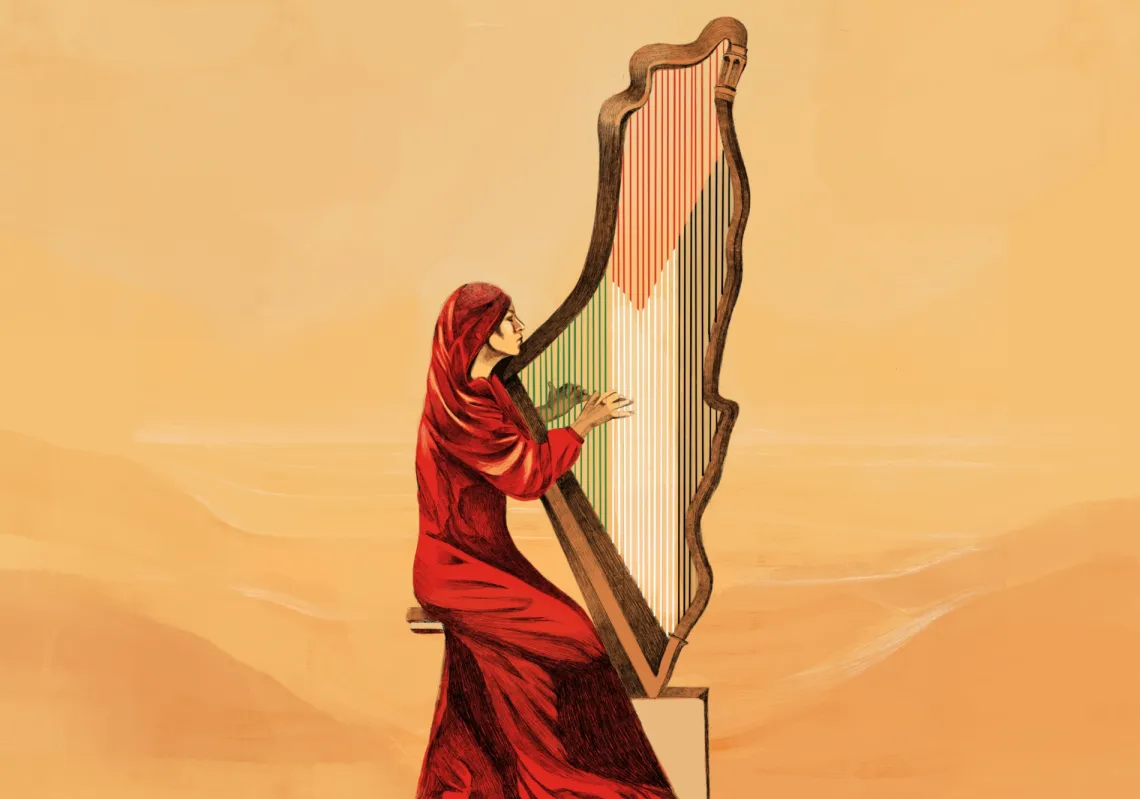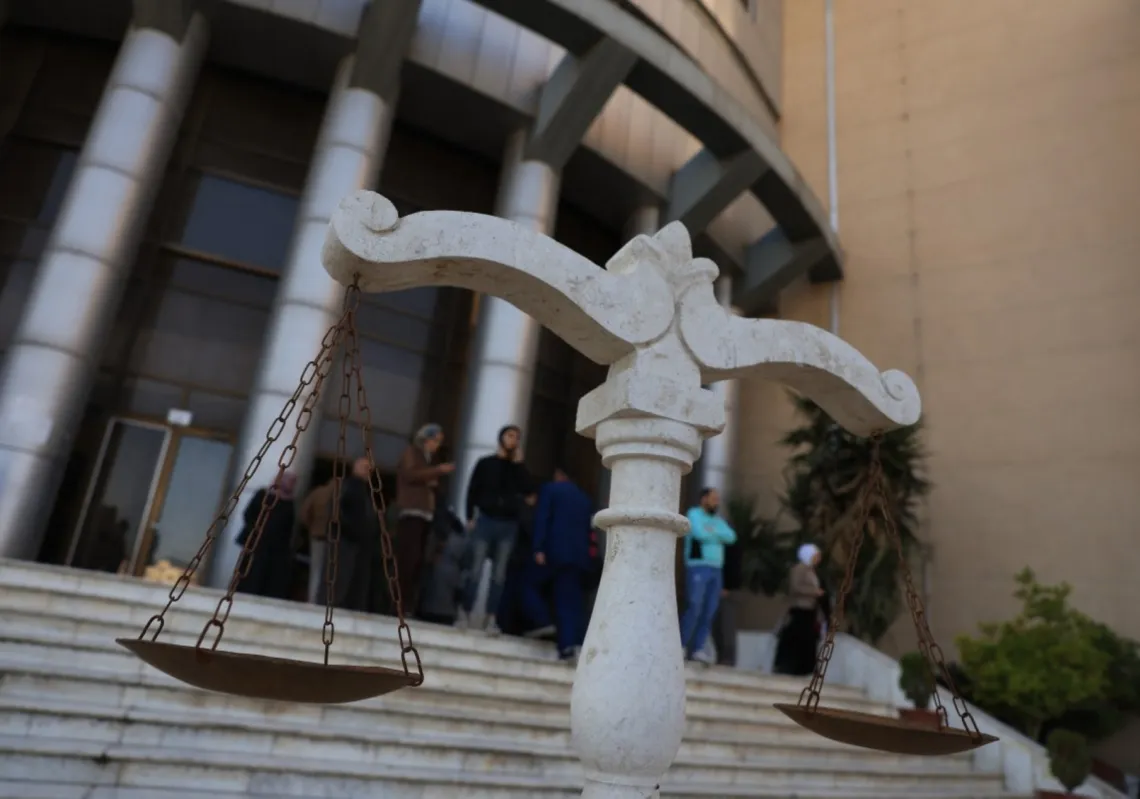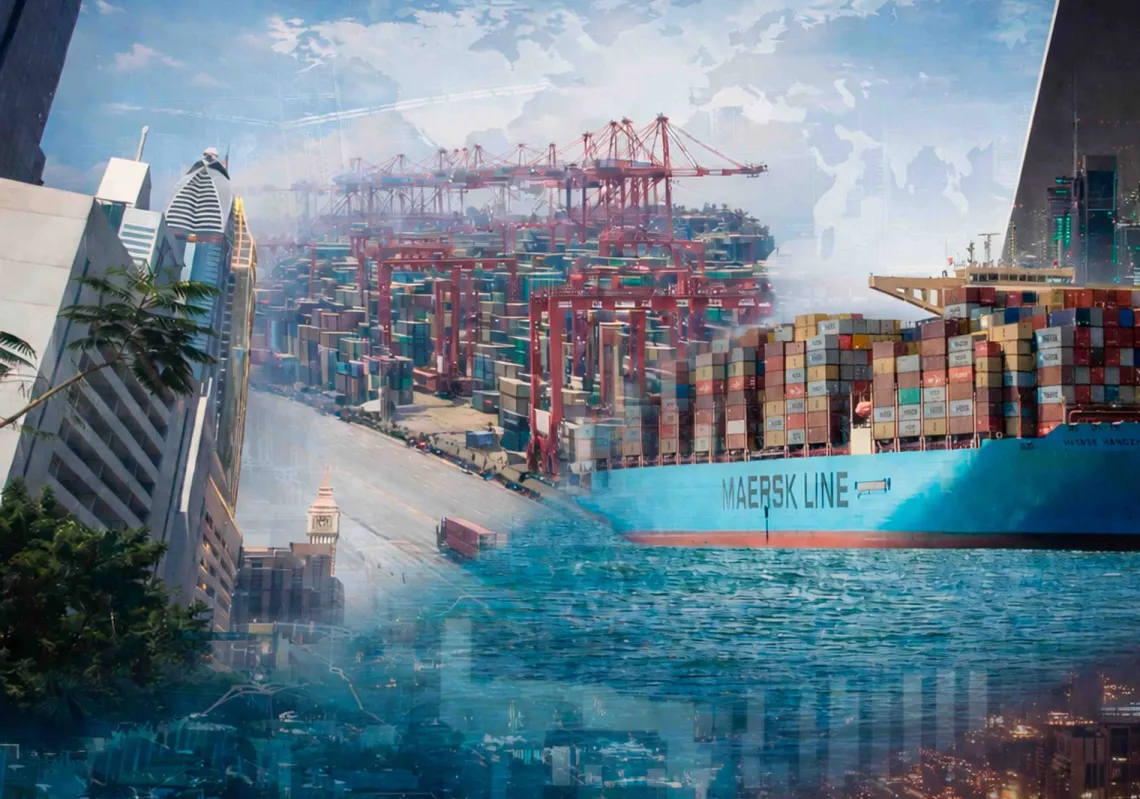The dust has now settled over Jalalabad, sat behind the jagged silhouette of the Hindu Kush. An Afghan town not far from the border with Pakistan, it is a remote region where aid agencies and rescue workers struggled to reach, after a 6.0 magnitude earthquake hit over the weekend, killing more than 1,400.
This is a land of mountains, valleys, and fields, where farmers ply the land, women carry water from the stream, and children play chase along dusty village paths, before being called back to their mud-stone dwellings, homes that stood little chance as the earth began shaking violently around 12.47 am. Survivors in Kunar province—the worst hit—would later describe the sound as “the voice of God’s anger”.
Within seconds, walls crumbled, entire villages collapsed, and families were buried under bricks. The epicentre, near the Mazar Valley, is a land of shepherds, farmers, and small traders. “Everything we had is gone,” whispered Hamidullah, a farmer sitting beside the ruins of his house where his wife and two daughters lay buried. “I dug with my hands until they bled, but I could not save them.”
In one madrasa in Kunar, rescuers pulled out 18 children, but all had been crushed. In another village, a wedding hall became a tomb for dozens when its roof caved in. Speaking to Al Majalla over the phone, Zabihullah Mujahid, spokesman for the Islamic Emirate of Afghanistan, called it “a calamity for our nation”. Typically defiant, his voice was laced with sorrow.

Surgery by flashlight
This is one of the world’s most remote regions, and by Wednesday, some villages had yet to receive any aid. Landslides and rockfalls have made it even more inaccessible. A team from Save the Children had to walk 20km carrying medical equipment on their backs. “We could hear voices under the debris,” said Ahmad Shah, a young shopkeeper in Kunar. “A child was calling for her mother. We had nothing: no machines, no saws. By the time we reached her, she was silent.”
In other countries, disasters summon helicopters, search teams, specialist equipment, and trained brigades. In Afghanistan, none exist. There are no cranes to lift heavy concrete, no field hospitals to be airlifted, and no ambulances. At Jalalabad’s provincial hospital, doctors stitched wounds under phone flashlights because there was no electricity, and painkillers ran out by mid-morning.
“We have treated war wounds, gunshots, bomb blasts,” said Dr. Farid, a weary surgeon. “But this was worse: children crushed in their sleep, mothers with broken spines. We have nothing—no medicine, no equipment, not even enough beds.” International humanitarian agencies brought tents, food parcels, and medical kits, but no heavy machinery or mobile hospitals. Afghan Red Crescent volunteers drove for hours over broken roads just to bring blankets to survivors.
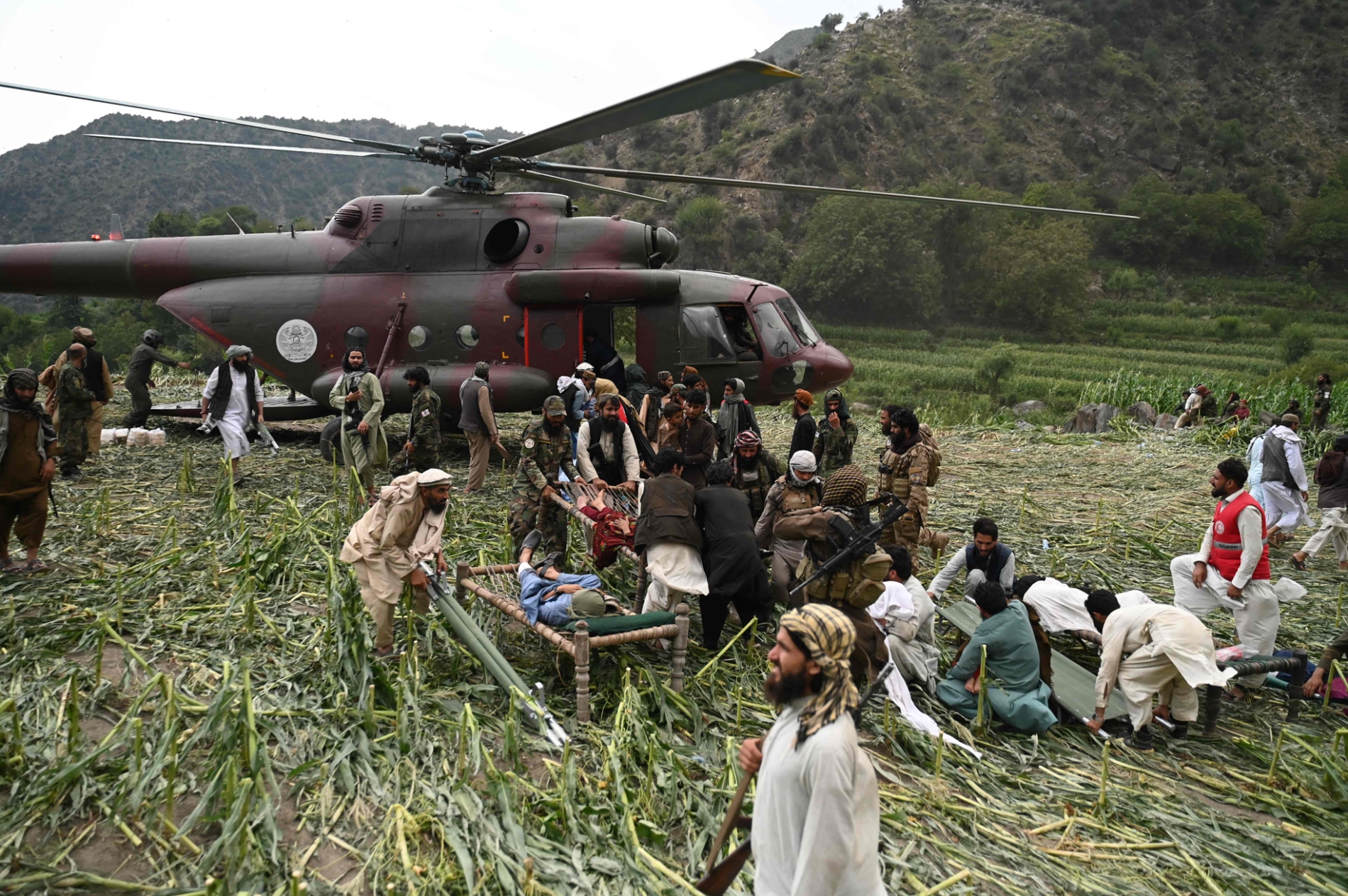
Kunar and Kabul
This isolation is partly political. Since the Taliban returned to power in 2021, Afghanistan has been cut off from much of the world. The aid agencies in the country have been defunded by countries that do not recognise the Taliban government, and Western sanctions have frozen financial channels.
Many aid agencies had already left, citing security concerns. Even the UN operates with limited funding. “The world doesn’t ignore us because it doesn’t know; it ignores us because it chooses to,” said Shahid Khan, a Kabul-based journalist. “When earthquakes hit Italy or Japan, rescue teams land within hours. For Afghans, sympathy comes faster than help.”
Geologically, Afghanistan sits atop multiple fault lines, where the Indian and Eurasian tectonic plates collide. Earthquakes here are as old as the mountains themselves. In 1998, twin quakes in Takhar killed over 6,000. In 2002, a tremor flattened villages in Nahrin, killing 1,000. In 2022, a 5.9-magnitude quake killed 1,163 people in Paktika.
Yet little changes. There are no early warning systems or seismic-resistant building codes. Homes here are still built with the same sun-dried bricks used centuries ago. Rahim, an engineer and retired geologist from Kabul University, said: "Disasters here kill not because of their strength but because of our weakness—poor construction, no preparedness, no planning. Nature tests us, but we never learn."

